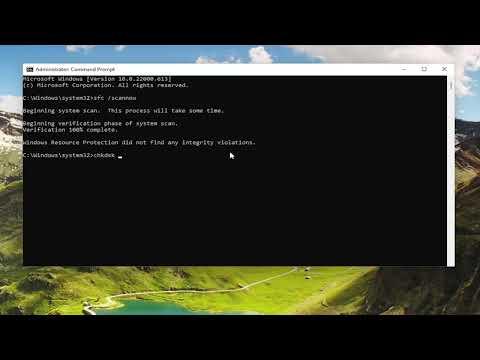I never imagined I’d face such a frustrating and perplexing issue with my computer, but there I was, staring at an error message that seemed to mock my every attempt at resolution. The screen displayed: “Diskpart Error, Data Error Cyclic Redundancy Check.” I had recently been attempting to clean up and format a USB drive to use as a backup for some crucial files. I had used Diskpart, the built-in Windows utility, to handle the partitioning and formatting. Everything was going smoothly until suddenly, I was confronted with the dreaded CRC error.
Initially, I thought it might have been a minor glitch. Perhaps a simple reboot would solve the issue. So, I restarted my computer and tried the process again, but the same error appeared. My frustration grew as each attempt yielded the same result. It was clear that this was not just a temporary hiccup but a more serious problem. I needed to understand what this error meant and how I could resolve it.
The Cyclic Redundancy Check (CRC) error typically indicates that there is a problem with the data on a disk or with the disk itself. It’s a way for the system to check data integrity and ensure that the information being read or written is correct. When a CRC error occurs, it usually means that there is some sort of corruption or issue with the disk data. This can be caused by physical damage to the disk, problems with the file system, or even a failure of the disk itself.
To tackle the issue, I first needed to determine whether the problem was with the USB drive or with the computer’s disk subsystem. I decided to check the health of the USB drive using a few different tools. I ran a thorough disk check using the built-in Windows tool, chkdsk. This command scans the file system and file system metadata of a volume for logical and physical errors. I opened Command Prompt as an administrator and typed chkdsk E: /f /r, where E: was the drive letter for my USB drive. The /f parameter tells chkdsk to fix any errors it finds, and /r tells it to locate bad sectors and recover readable information.
The process took a while, and as it progressed, I saw some lines of text indicating that the tool was trying to recover files from bad sectors. Unfortunately, it didn’t solve the problem entirely. The CRC error persisted, meaning there was still an issue with the drive.
Next, I decided to use a more specialized tool to further diagnose the problem. I downloaded a third-party disk diagnostic utility, such as CrystalDiskInfo, which provided me with a detailed report on the health of my USB drive. The report indicated that the drive had several reallocated sectors, which are sectors that have been marked as bad and replaced with spare sectors. While this wasn’t a definitive diagnosis of a failing drive, it was enough to raise concerns.
At this point, I realized that the USB drive might indeed be failing. Before taking any further steps, I decided to back up any remaining data on the drive, even though some files were already inaccessible. I used data recovery software like Recuva to attempt to retrieve any remaining files. The software managed to recover a few important documents, which was a relief, but the majority of the data was lost.
With the data safely backed up, I needed to address the drive’s issue. Since the USB drive was clearly problematic, I decided to replace it with a new one. I also made a mental note to regularly check the health of my drives and to avoid using drives that showed signs of failure.
To prevent similar issues in the future, I adopted a more rigorous approach to data management and drive maintenance. Regularly running disk checks and keeping backups of important files became standard practice. Additionally, I invested in a higher-quality USB drive and used it exclusively for critical data, while the older, problematic drive was retired.
In summary, the “Diskpart Error, Data Error Cyclic Redundancy Check” issue was a challenging problem that required a multi-faceted approach to resolve. From running disk checks to using specialized diagnostic tools and ultimately replacing the faulty drive, each step was crucial in addressing the issue. Through this experience, I learned the importance of regular data backups and proactive maintenance of storage devices to prevent data loss and ensure the longevity of my hardware.
